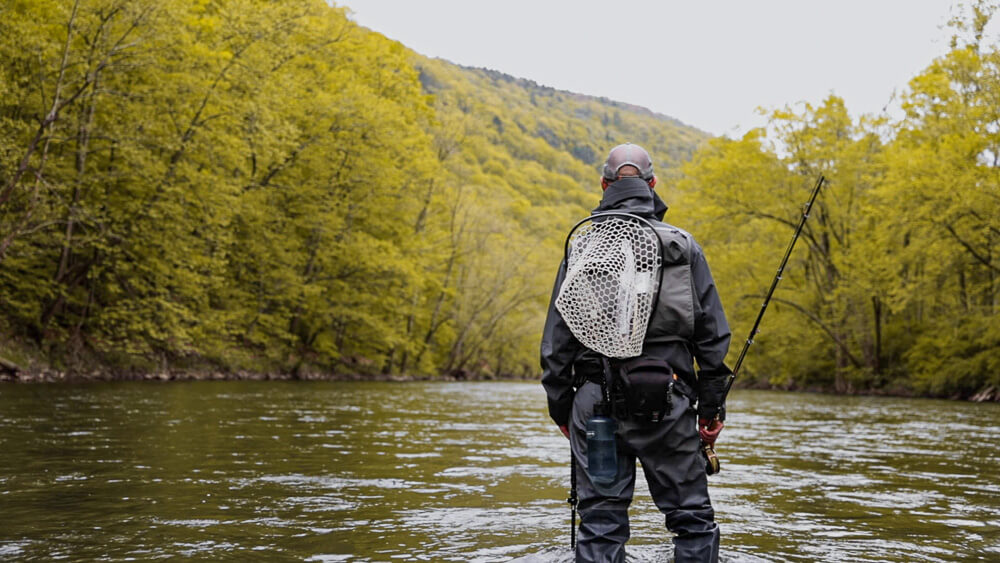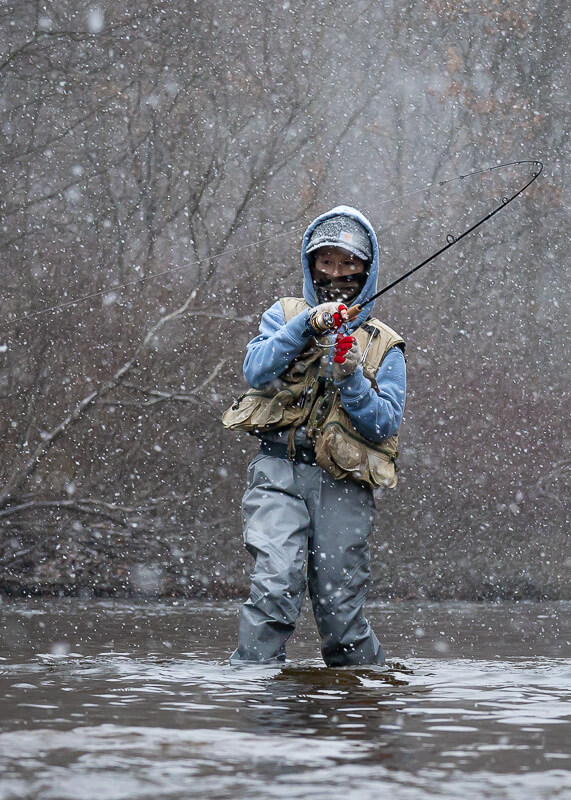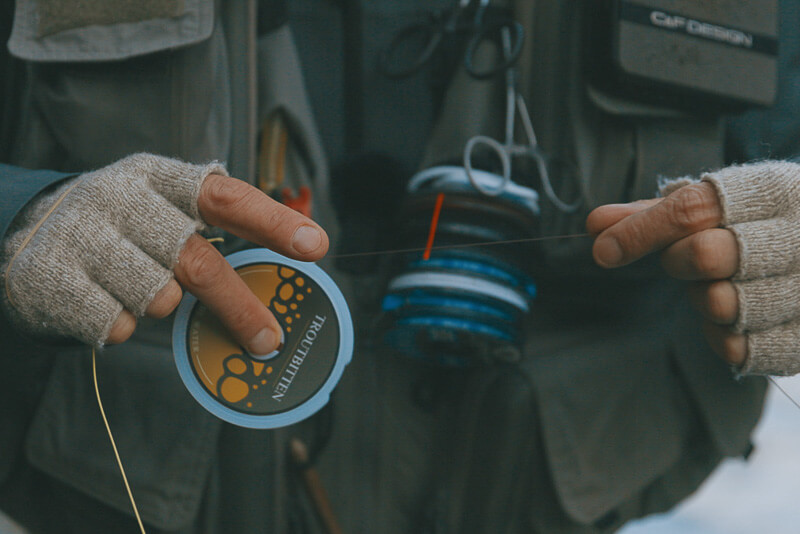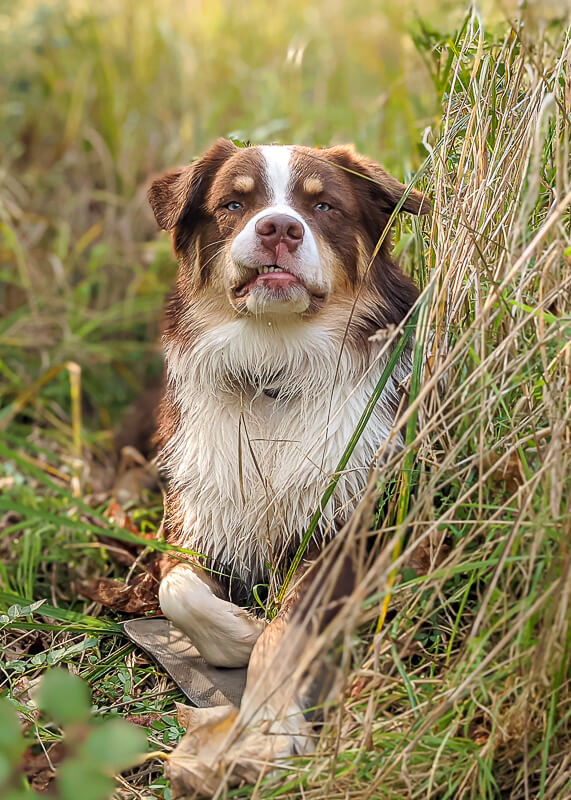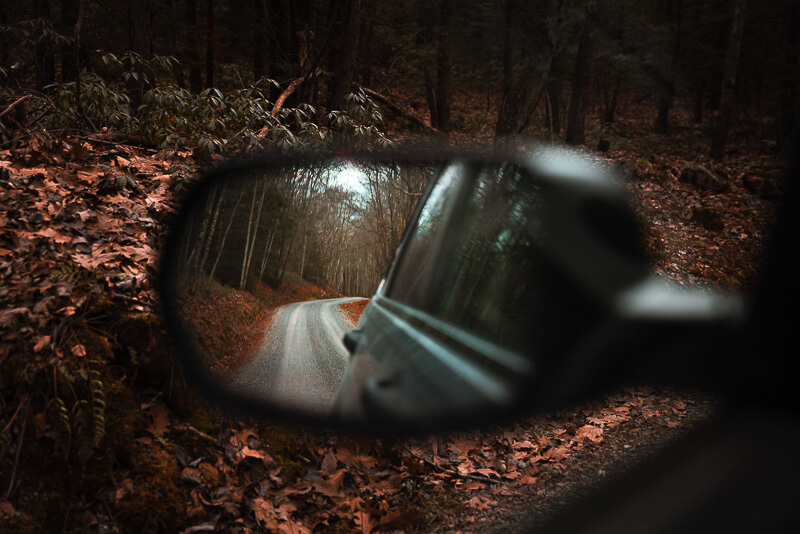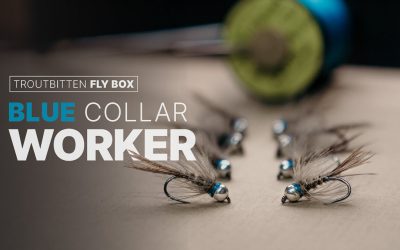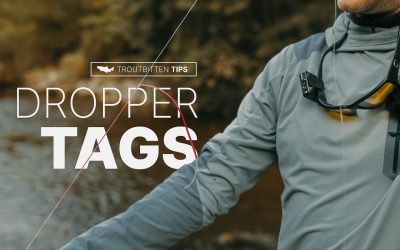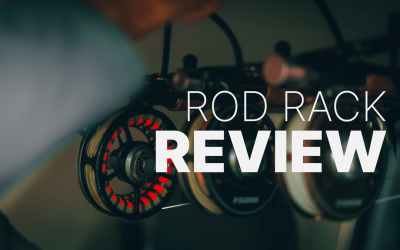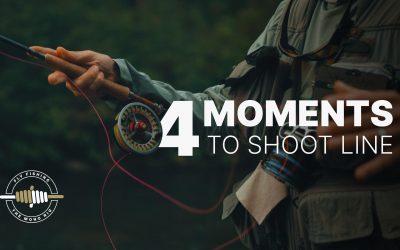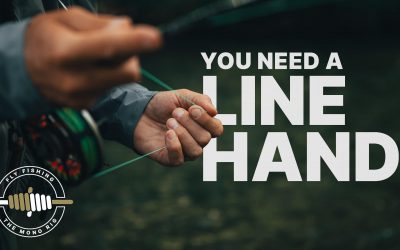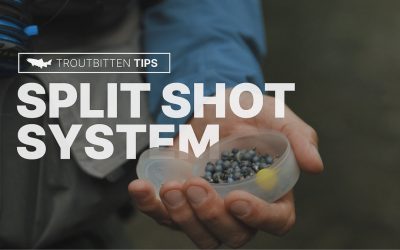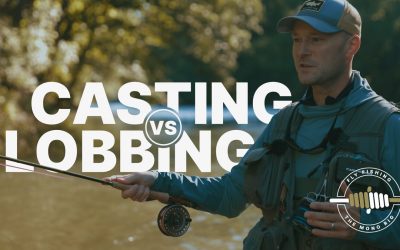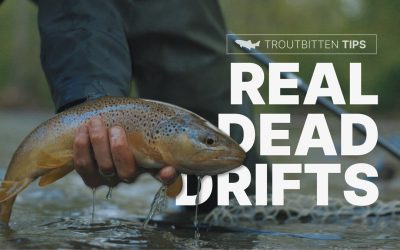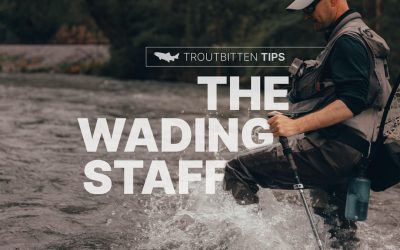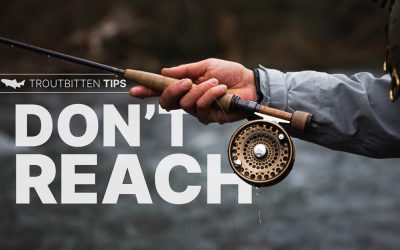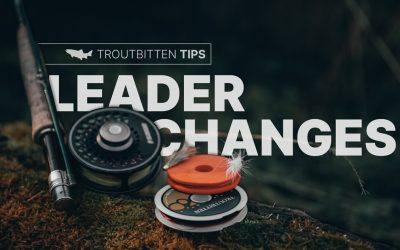VIDEOS
Fish Hard
I published the first Troutbitten video in the spring of 2017, in an effort to show the things that cannot be written or photographed.
Years later, I brought Josh Darling, owner of Wilds Media, into the project. His art, his eye and his film expertise make Josh the perfect partner for this work.
In 2022, Josh and I began the Troutbitten Tips series on the Troutbitten YouTube channel. These are short, helpful and unique tips for a life on the water.
We’ve also added a series called, Fly Fishing the Mono Rig. This ongoing collection of videos highlights the versatility and the nuances of this hybrid fly fishing system.
A dedicated Gear Review series just launched on the channel, and who knows what’s next.
Troutbitten videos teach tactics and share stories that keep the river in our minds and in our hearts.
From the video, The River Doesn’t Owe You Anything. (Fall, 2020) Photo by Josh Darling
WHERE TO WATCH
All Troutbitten videos are found on the Troutbitten YouTube channel.
Explore the playlists. Subscribe to the channel, and Leave a comment.
Every Troutbitten Video also has a companion article, with more information and an embedded video link.
Thanks for watching.
(VIDEO) The Tight Line Advantage for Nymphs, Indicators, Streamers and Dry Dropper
For effective, convincing underwater presentations of flies to a trout, the tight line advantage is the cornerstone concept. Nothing else is more important.
Because a river is composed of changing and moving seams, defeating that unwanted drag is the nymph angler’s ongoing battle. How do we defeat that drag? With the tight line advantage. Watch this video to see it in action.
Troutbitten Fly Box — The Blue Collar Worker (with VIDEO)
Show up on time, do your job and have a little fun while you’re at it. Then go home and do it all over again tomorrow. That’s a blue collar worker. It’s a Pheasant Tail with a CDC collar. It has a little disco for the rib and a hot spot collar. It’s simple, reliable and effective . . .
(VIDEO) Three Great Ways to Create Tag Droppers
With three good solutions for creating tag droppers, there’s a method for every moment. And by getting each of these under your fingers, by practicing them and being comfortable, you’ll find uses for all of these methods as you work up a river.
100 Day Gear Review: Smith Creek Rod Rack (with VIDEO)
Transporting a fly rod is not as straightforward as it may seem. But it can be. For many of us, our preference to keep the fly rod rigged and ready to fish presents some challenges.
For years now, the Smith Creek Rod Rack has been my perfect solution. The Rock Rack stores up to seven rods inside the vehicle, keeping them secure and away from passengers — from kids, dogs or mishaps. Attachment is easy, the design is smart and the Smith Creek build is solid.
(VIDEO) Four Moments to Shoot Line
Part of what distinguishes fly fishing from other styles of fishing is retrieving line by hand. But then we need to get the line back out there. When should we shoot the line back through the rod guides? No one ever seems to talk about these options. But there are four of them.
We can shoot line on the pickup, on the backcast, on the forward cast and on the forward cast following the power stroke . . .
(VIDEO) Fly Fishing the Mono Rig — You Need a Line Hand
Fishing a full Mono Rig system allows for abundant versatility — but not without the line hand. You have two hands, so use them both. Get that second hand off your hip, and use it for slack recovery, opening up a range of options, adjustments and efficiencies.
Don’t Hate Split Shot — Have a System (with VIDEO)
You need the right tools, the right shot and the right methods for using all of it. None of this is complicated, but simplicity in fishing is often elusive, until time on the water eventually reveals what is best. Honestly, I believe there’s no better way to carry and use split shot than what is shown here . . .
(VIDEO) Fly Fishing the Mono Rig — Casting vs Lobbing
Turnover is the fundamental difference between spin casting and fly casting. And all good fly casts, with fly line or otherwise, allow the line/leader to turnover in the air and then hit the water. That’s the difference between casting and lobbing. Without good turnover, we are simply lobbing the line.
Remember this: lobbing is limiting. And a good casting approach, with great turnover, introduces a wide range of options . . .
VIDEO: Real Dead Drifts — Up Top and Underneath
A dead drift is the most common presentation in fly fishing for trout, because it imitates their most common food forms. We want a dead drift on both a dry fly and a nymph. But what is it?
It’s a one-seam drift that travels at the speed of the current without tension from the attached tippet. That’s hard to achieve, but it is possible by first understanding what a dead drift looks like, both on the surface with a dry fly and below the surface with a nymph . . .
VIDEO: The Only Way to Carry a Wading Staff
This wading staff system makes strong waders stronger and fast waders faster. It allows all waders to reach even more water.
If you rig a wading staff the wrong way, it slows you down. But if you rig it the right way, a wading staff opens new worlds and speeds you up.
It gives you access to places that you couldn’t wade before.
But it has to be rigged the right way . . .
Fly Casting — Don’t Reach (with VIDEO)
But, what about that pretty magazine pose? What about those videos of nymph fishermen with their arms high and extended, reaching the fly rod out to maximum length? It’s silly. It’s unnecessary. And it won’t last for long.
Reaching is an unsustainable body position at any age. Reaching the arm takes power from the forward cast. And by keeping the elbow in a natural and relaxed position, casting accuracy and delivery options improve dramatically . . .
Lightning Fast Leader Changes (with VIDEO)
Continued success and enjoyment on the river is a result of versatility. Solving the daily mystery, adapting our approach and getting that next bite is our endless goal. Adapting and changing quickly is a critical piece of the game. Knotting on the next fly is the easy part, but swift, wholesale leader changes are more elusive . . .


